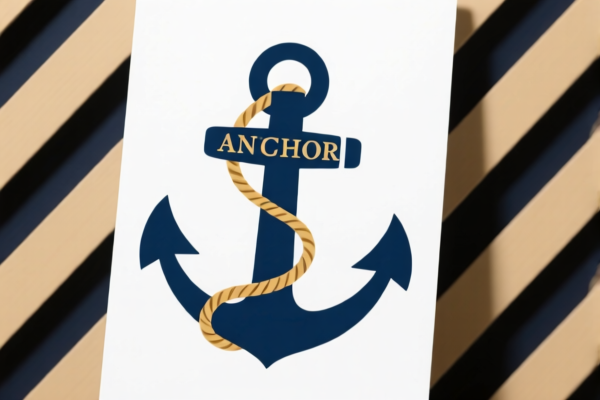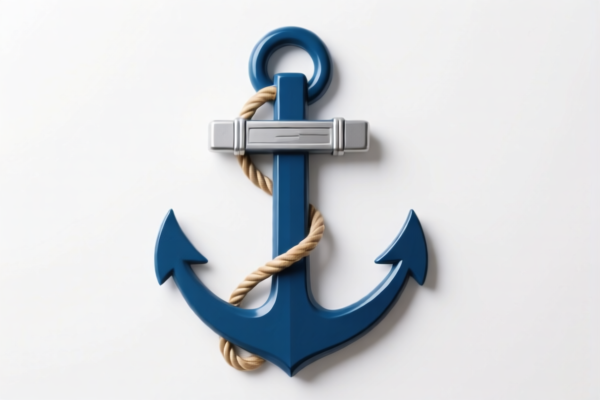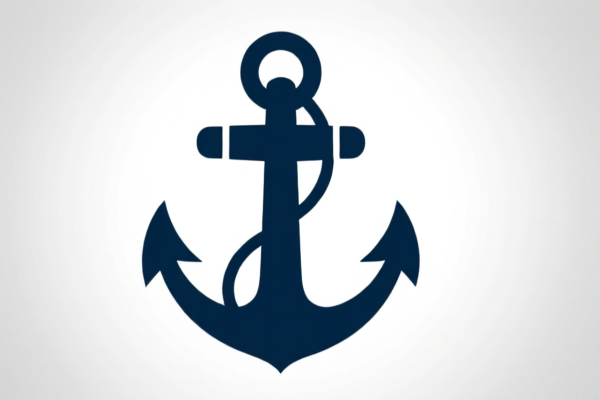| HS Code | Official Doc | Tariff Rate | Origin | Destination | Effective Date |
|---|---|---|---|---|---|
| 7415390000 | Doc | 58.0% | CN | US | 2025-05-12 |
| 3926908500 | Doc | 44.0% | CN | US | 2025-05-12 |




Okay, let's break down the classification and tax implications for your declared item "ANCHOR". Based on the information you provided, here's a detailed analysis:
Understanding the HS Codes & Potential Classifications
You've provided three potential HS codes, which suggests some ambiguity in the exact nature of your "ANCHOR". Here's a breakdown of each, along with what they mean and what you need to consider:
-
HS Code: 7415.39.00.00 – Nails, tacks, drawing pins, staples (other than those of heading 8305) and similar articles, of copper or of iron or steel with heads of copper; screws, bolts, nuts, screw hooks, rivets, cotters, cotter pins, washers (including spring washers) and similar articles, of copper: Other threaded articles: Other
- 74: Metals and articles thereof (This is the broad category)
- 15: Iron or steel articles.
- 39: Other threaded articles (This specifies it's a threaded fastener)
- 00.00: Further specifies the item within the category.
What this means: This code is suitable if your "ANCHOR" is essentially a threaded fastener made of iron or steel. Think of it as a bolt or screw designed to hold something in place. If it screws into something, this is a strong possibility.
Tax Implications: * Basic Duty: 3.0% * Additional Duty: 25.0% (until April 2, 2025) / 30% (after April 2, 2025) * Total Tax: 58.0%
-
HS Code: 3926.90.85.00 – Other articles of plastics and articles of other materials of headings 3901 to 3914: Other: Fasteners, in clips suitable for use in a mechanical attaching device
- 39: Plastics and articles thereof.
- 26: Other articles of plastics.
- 90: Other.
- 85: Fasteners, in clips suitable for use in a mechanical attaching device.
What this means: This code applies if your "ANCHOR" is made of plastic or a combination of materials (including plastic) and is designed to be used with a mechanical attaching device (like a clip or bracket). This is likely for anchors that aren't metal and rely on plastic expansion or a plastic component for their function.
Tax Implications: * Basic Duty: 6.5% * Additional Duty: 7.5% (until April 2, 2025) / 30% (after April 2, 2025) * Total Tax: 44.0%
-
HS Code: 7415.39.00.00 – Anchors, grapnels and parts thereof, of iron or steel
- 74: Metals and articles thereof (This is the broad category)
- 15: Iron or steel articles.
- 39: Other threaded articles (This specifies it's a threaded fastener)
- 00.00: Further specifies the item within the category.
What this means: This code is suitable if your "ANCHOR" is essentially a threaded fastener made of iron or steel. Think of it as a bolt or screw designed to hold something in place. If it screws into something, this is a strong possibility.
Tax Implications: * Basic Duty: 3.0% * Additional Duty: 25.0% (until April 2, 2025) / 30% (after April 2, 2025) * Total Tax: 58.0%
Recommendations & Key Considerations:
- Material Composition: Crucially, determine the primary material of your "ANCHOR". Is it predominantly iron or steel, or is it plastic? This will immediately narrow down the correct HS code.
- Functionality: How does the anchor work? Does it screw into a wall? Does it expand within a hole? Does it rely on friction or a clip?
- Detailed Description: Provide a more detailed description of the anchor. Dimensions, specific features, and intended use are all helpful.
- Certification: Depending on the intended use of the anchor (e.g., construction, safety-critical applications), you may need to provide certifications (e.g., CE marking, compliance reports).
- Single Invoice: Ensure the invoice clearly describes the goods and their quantity.
- April 2, 2025: Be aware of the upcoming change in additional duties on April 2, 2025.
To help me pinpoint the most accurate HS code, please provide the following:
- What is the primary material of the anchor? (e.g., steel, plastic, a combination)
- Can you describe how the anchor is installed and functions?
- What is the intended use of the anchor? (e.g., general purpose, construction, marine)
Once I have this information, I can provide a more definitive classification and help you avoid potential issues with customs clearance.
Customer Reviews
No reviews yet.